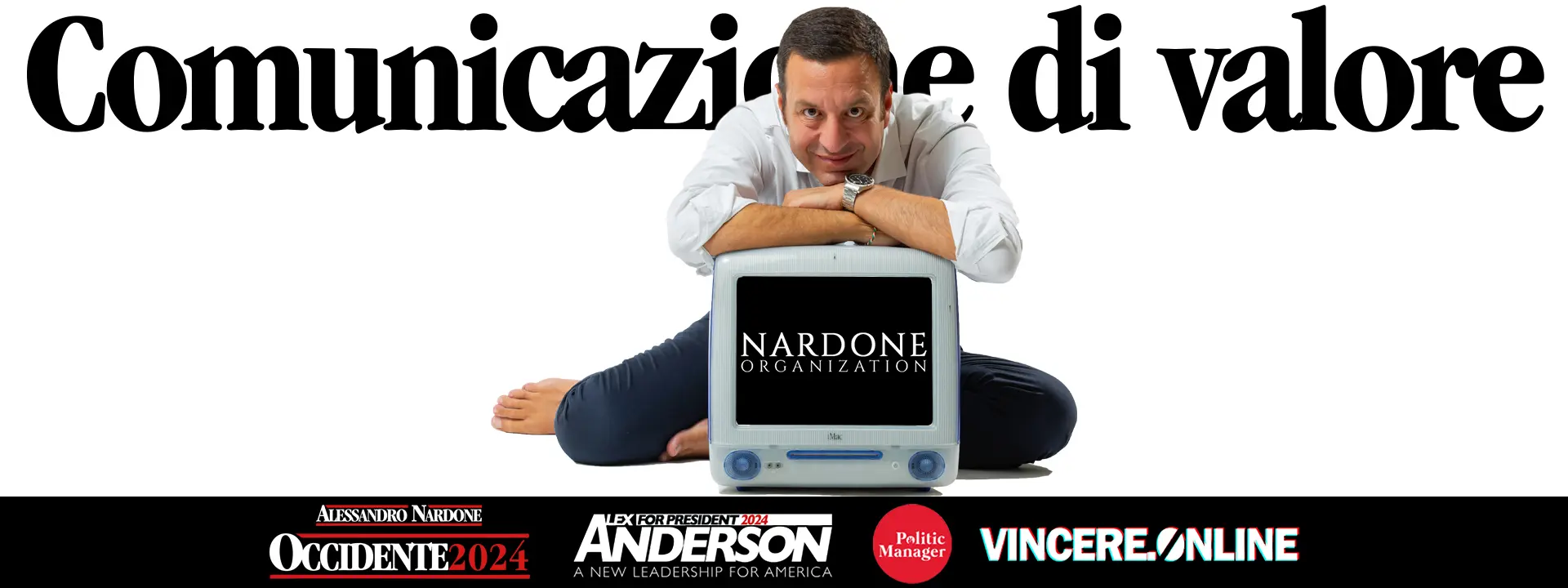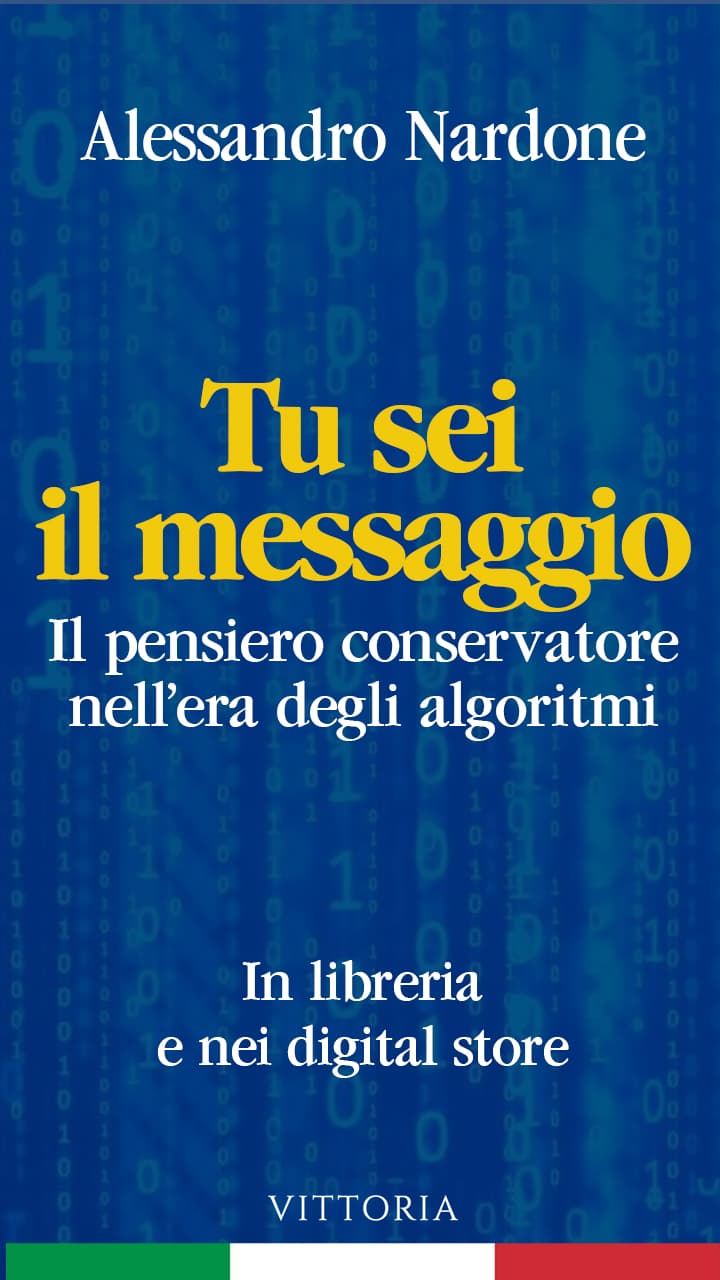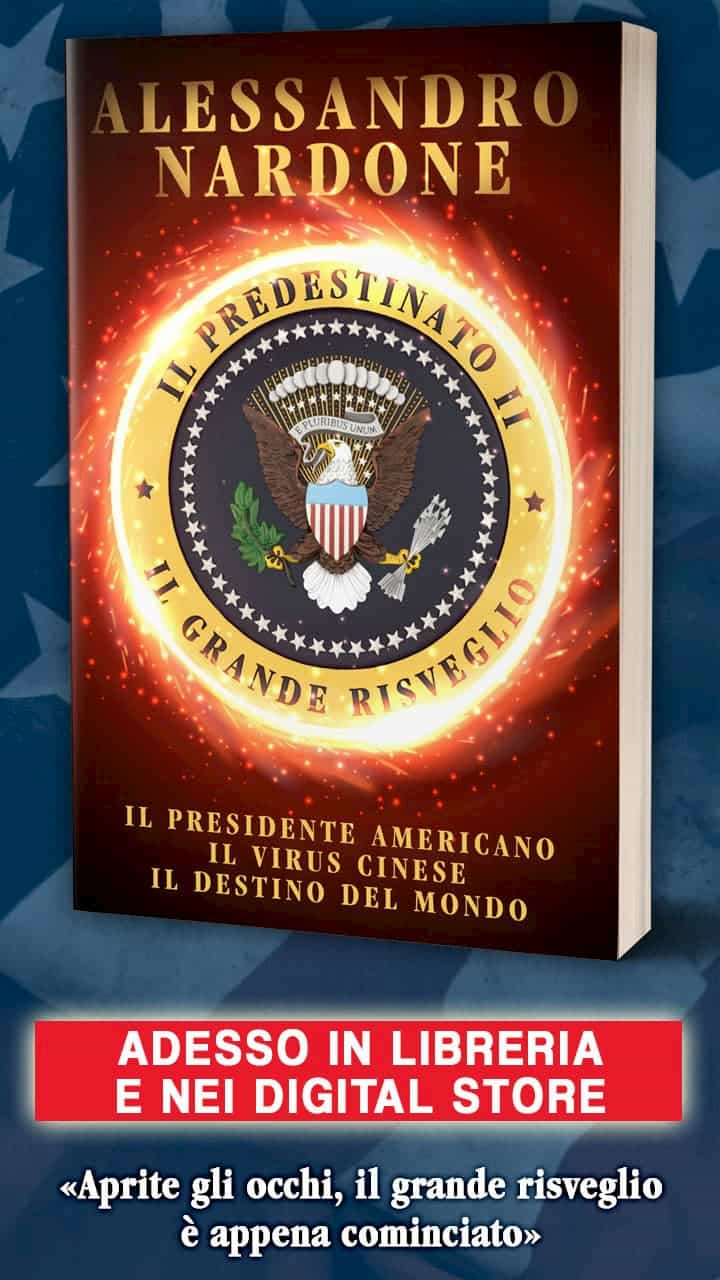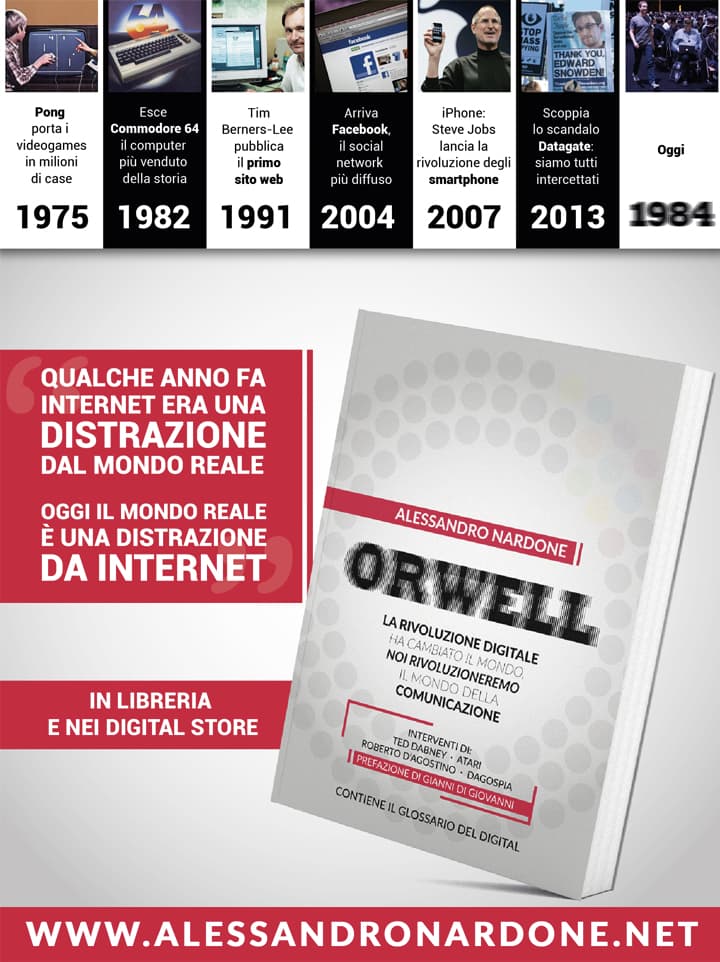Is the water from our tap, although potable, really good? If so, why we keep spending a lot of money on bottled water? We will try here to make things clear about the most valuable asset we have: clean water.
Let’s start by saying something that not everyone knows: according to M.D. 31/2001, aqueducts and water network management companies must guarantee the water’s drinking standard until the “point of use”, so, at the meter. That means that what happens to the water from the meter to the house’s tap it’s our business.
So, what can possibly happen during that short path? It may happen that, if the pipes are quite old, they might change the characteristics of the water due to the release of metals or bacterial regrowth. The water quite always remains absolutely drinkable, but it will have a bad taste and perhaps even a bad smell.
Are we, therefore, damned to buy bottled water, or can the tap water be improved?
We tend to prefer the second answer and that’s proved by initiatives such as the “water houses” and the many “fountains”, which more and more municipalities are adopting with the use of microfiltration and carbonating systems.
So, if even cities and towns, in agreement with the water network managing companies, demonstrate that treating the water supplied by the aqueducts is the right direction, then why not we do it directly to our home and have our own “water house” in the kitchen?
Fortunately, thanks to the internet, in recent years even in Italy more and more consumers are opening their eyes and understand that bottled water is a huge, but useless, business. The water that reaches our homes is already fresh and drinkable. To make it even good, home treatment is the best way, as it has already been for years in many industrialized Countries.
Choosing a water that we like and makes us feel safe, directly from the tap in our house, saves our money, time, space and helps to safeguard the environment.
So, now, many of you are wondering, now, why does nobody say anything? Why did I spend money for years, lose time and break my back to go to the supermarket, load the water boxes in the cart, put them in the car and bring them home when I could get fresh, good and healthy water in my house? To have the same result it’s enough a small certified refining plant, in accordance with the law.
In order to understand what is behind it, let’s have a look at the numbers: “over 38 million Italians drink bottled water which, just in our country, generates a turnover of over 4 billion euros” (source: Report). Censis has observed that each Italian consumes on average 192 liters of water per year, for a total amount of 7 billion and 680 million bottles, just in Italy.
A crazy business, so, if we consider that, on average, a liter of bottled water costs 0.40 euro cents, while the one from the tap is only 0.001. This, transferred into national budgets, means that the cost of tap water would be only 11 million and 520 thousand euros, against the 4 billion and 680 million we spend on bottled water.
A huge deal, which is just the center of many other business: just think about the hundreds of millions of euros that the bottling companies spend every year in communication, often implementing doubtful advertisements, even sanctioned by the antitrust authority. It seems unbelievable, yet it is all true.
Besides the economic ones, there is, however, another aspect: the safeguard of the environment. Here are, then, other impressive numbers: 8 billion bottles correspond to the emission of 53 million kg of C02 for their production, plus another 300 million kg of C02 for their distribution. Yes, because water bottles must be stowed on trucks that carry them up and down across the Country.
Not to mention, then, the disposal costs of the bottles and the ones required to deal with the environmental damage caused. It is not a coincidence, in fact, that cities like San Francisco and Hamburg already have banned the use of water in plastic bottles and you can bet that many other cities will follow this path soon.
After all, this is a free choice, exactly like buying packaged, expensive and long-term foods, instead of natural, fresh, organic and even cheaper ones.





















